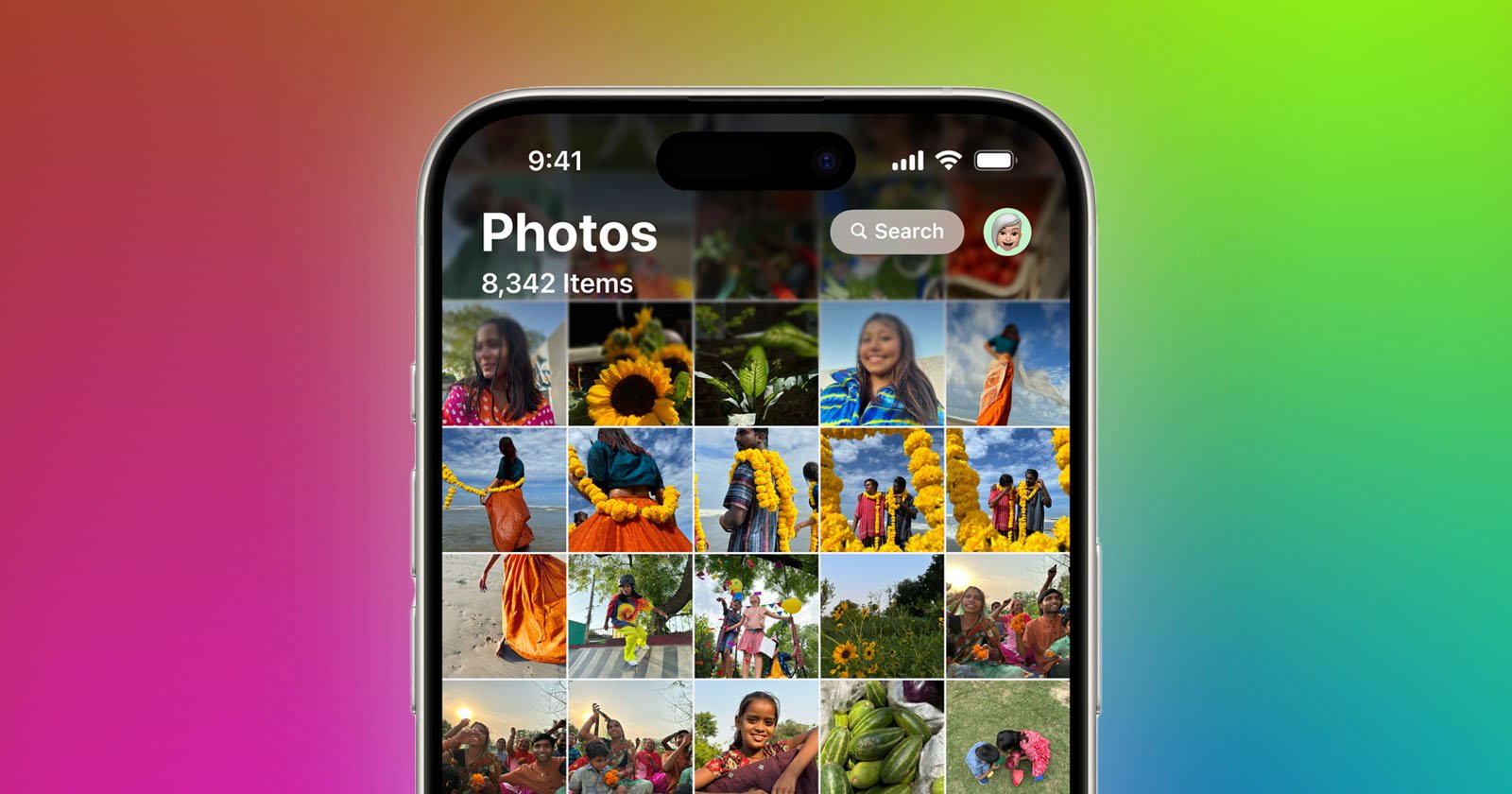

Whether we’re filming ourselves or someone else, spoken pieces to the camera are something most of us do at some point. For YouTubers, live streamers, podcasters and other content creators, it’s often a required part of the job. But how do you light it?
In this recorded live stream, Gavin Hoey walks us through setting up a lighting scheme for spoken pieces to camera. In it, he shows us how the light builds up through the shot and how different choices affect the overall result. It’s a great intro for beginners.
Lighting for speaking to camera – Build up one light at a time
One of the key takeaways throughout this video is that you should build up your set one light at a time. This helps you to see exactly what each light is doing and how it’s interacting with you and the environment. When you have multiple lights going simultaneously, it can be difficult to pick out which one is causing potential problems sometimes.
This is particularly true when you’re a beginner, still figuring out how light and different modifiers work. So, set up your lights one at a time. Review the shot as you add it to see exactly where it’s hitting your scene. And when you add your second light, it might be helpful to turn off your first light to see that one on its own, too.
But if you work on the principle of building up your set one light at a time and seeing how each contributes to the shot, you’ll very quickly learn how light works.
Gavin walks us through not only what softboxes do but also what a softbox grid is and how to use it effectively. Grids are often used incorrectly because they’re not very intuitive for those just starting out. So, Gavin makes it easy with some great demonstrations.
We’re also introduced to tube LED lights. In this particular case, the Nanlite Pavotube II series LED tube lights. And while these might be a little expensive, there are other options on the market, which Gavin mentions in the stream.
Keep things simple
Understanding some basic principles of lighting, like the inverse square law, how flags or grids on softboxes work, etc., will make your life a lot easier. Building up your lighting system one at a time lets you really tweak each light individually.
But you want to generally keep things as simple as possible. The fewer lights you have, the fewer potential points of failure. You have fewer odd highlights and shadows to worry about. And your studio will also run a lot cooler.
Many lighting setups can be done with just one or two lights and maybe a reflector. But Gavin walks us through a few different types of lights and talks about some of the less expensive alternatives you can try at home. It’s a great insight if you’re still figuring out how to light your YouTube filming space.






